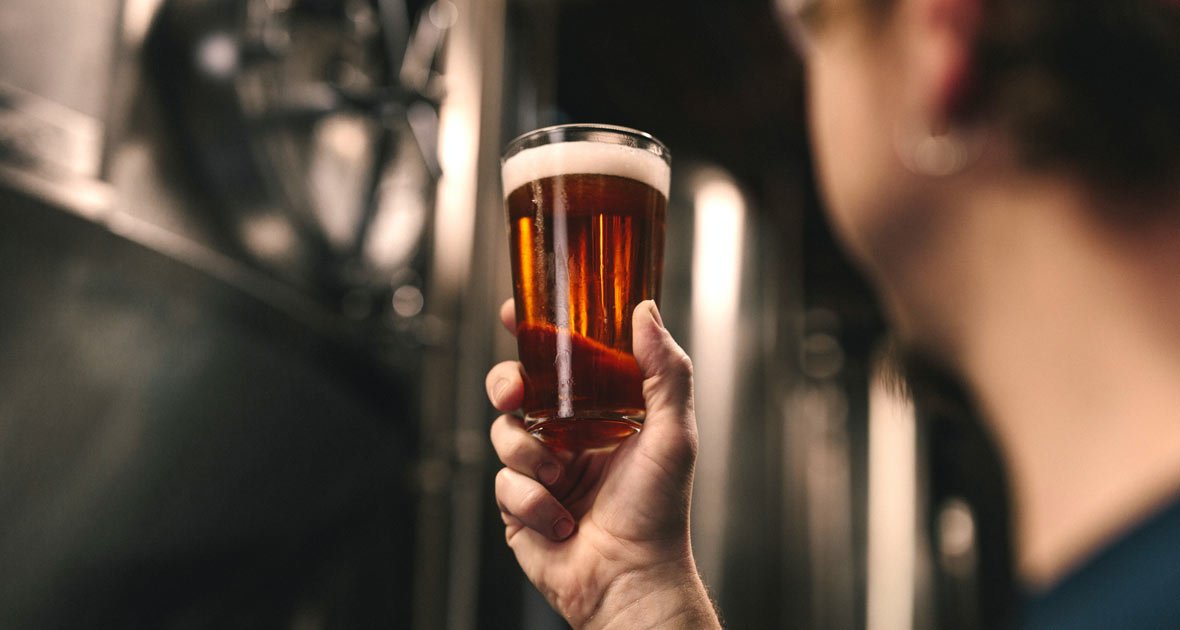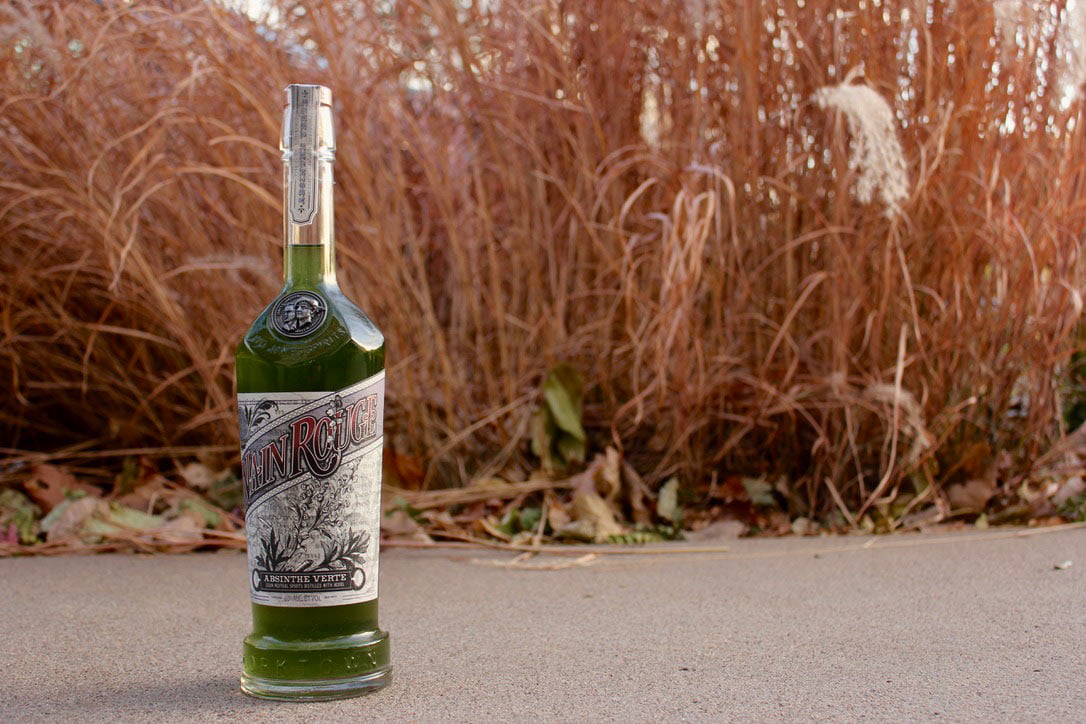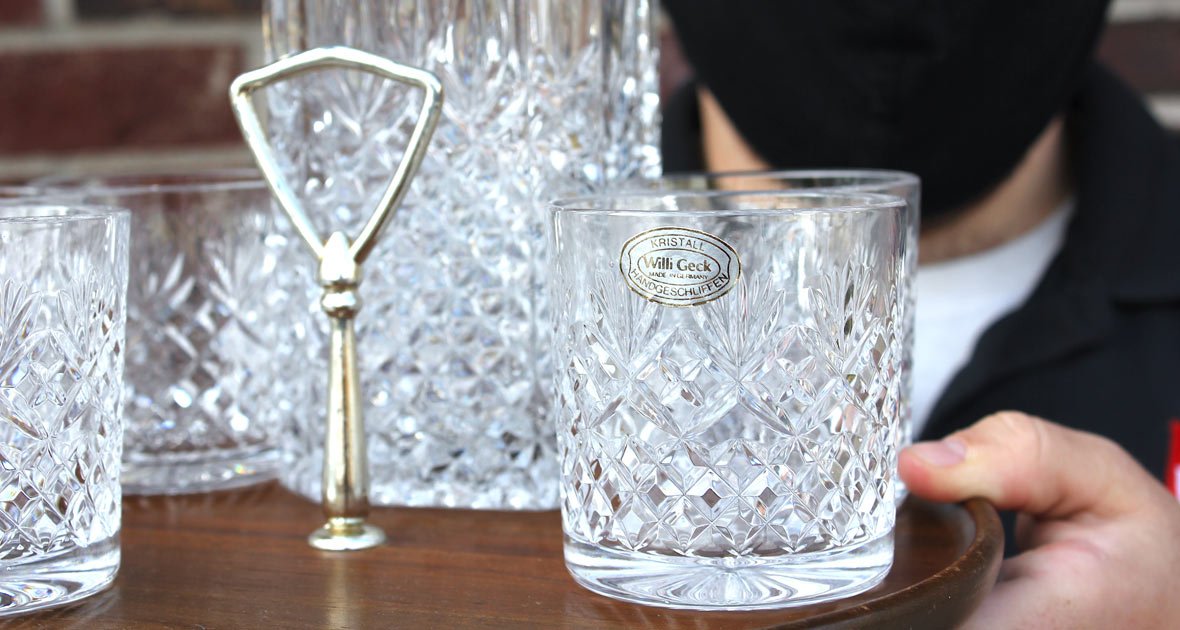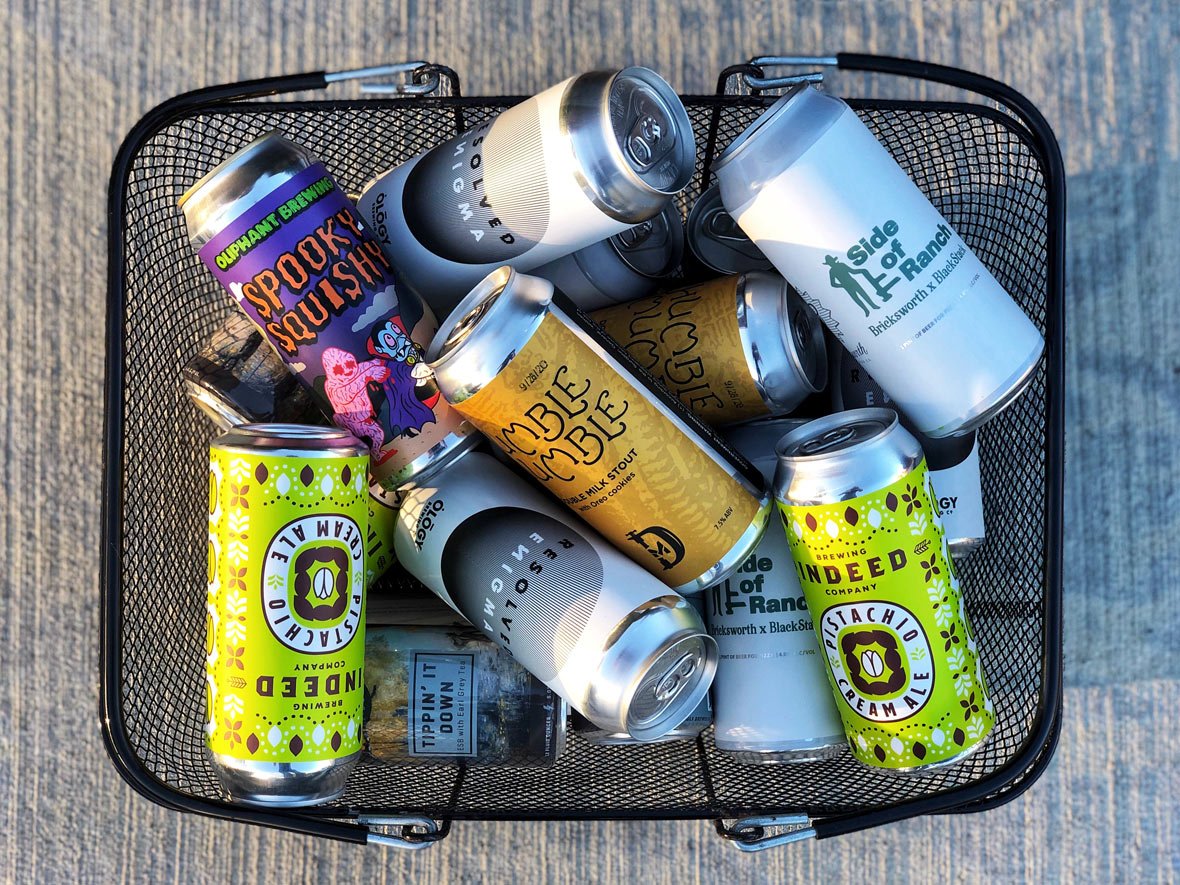The holiday shopping season officially commenced last Friday. Small Business Saturday and Small Brewery Sunday were friendly reminders to shop local businesses over the weekend, but continued support will be most needed in the coming months.
We are entering winter amidst an untethered pandemic, and yet another (rightfully) consequential shutdown. As tough as that is, many of your favorite food, beverage, and service providers will continue to face an uphill battle through the core of winter. Indoor dining and drink service will return to a mitigated-state at best. From a brewery’s perspective, with bars and restaurants closed or offering curbside-only service, the kegs aren’t flowing, thus a large portion of sustaining production volume is simply being lost.
*cue the Sarah McLachlan music*
But in all seriousness–There are many faces behind the pint in your glass. Minnesota’s breweries support thousands of families and annually inject over $2 billion into the local economy. This amazing local beer scene was not built on greed but a joy of sharing a craft, a hobby, and yes, a pint. So please consider who you are supporting with your own hard-earned money through this holiday season and beyond. It’s as easy as buying a few growlers, gift cards, merch or what have you! And definitely stop by the beer cooler for some local goodness next time you’re in the neighborhood. I, for one, would like to make it to the other side of this with our local food and beverage (especially beer!) culture intact.
Check out some recent local favorites that are stocked in our cooler now. Cheers!
Falling Knife Cumulonimbus Fruited Sour Ale – $14.99/4pk Can
Take your taste buds on a tropical vacation this winter with this pink guava, pineapple and passionfruit-infused kettle sour. Light and fresh body with a nectar-y core and tart, bright finish.
Modist Campfire Jeans Smoked Helles Lager – $11.99/4pk Can
The latest iteration in Modist’s lineup of oak-aged lagers. This helles features the beautiful simplicity of pilsner malt with a dash of Beechwood-smoked malt for a campfire jean aroma and just enough smoke in balance with the biscuity malt character.
Barrel Theory Rain Drops NEIPA – $10.99/750ml Crowler
Barrel Theory has gained widespread respect and acclaim over the last few years for crazy delicious hazy IPAs and absolutely decadent stouts. A BT flagship, Rain Drops bursts with juicy aromas from Citra and Mosaic hops. Silky smooth, softly sweet malt and combines perfectly with a tropical hop character and seamless bitterness.
Bad Weather Ominous Double Brown Ale – $10.99/6pk Can
A personal wintery favorite. Ominous has a wholesome nutty, bready malt character. A bit of candi sugar brings a Belgian-like undertone with notes of dried fruit and plum.



